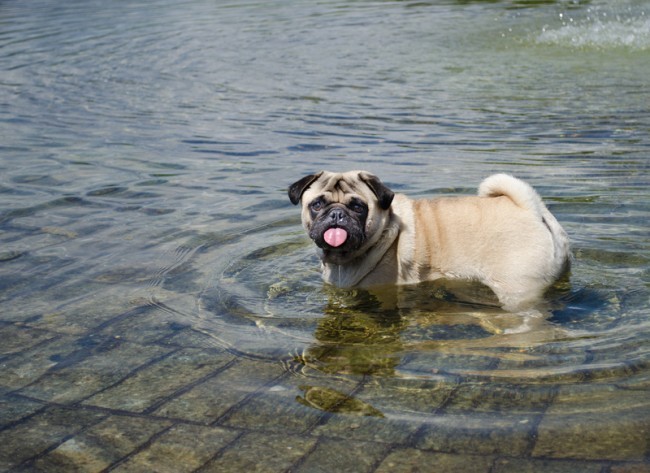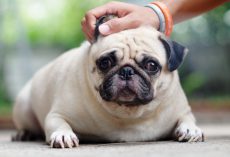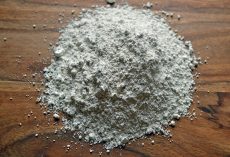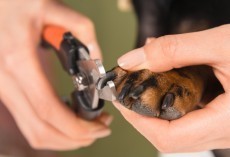Leptospirosis is a serious disease. Learn how you can prevent it from affecting your doggy.
Even if your dog lives 24/7 indoors or wears protective booties on every walk, he is still at risk for an under-the-radar but highly contagious bacterial disease known as leptospirosis.
This disease can sometimes be difficult to diagnose because many of its symptoms – vomiting, diarrhea, fever, shivering, moving stiffly when walking — often mimic other more common conditions. A veterinarian will most likely perform blood and urine tests to rule out other conditions.
But adding to the challenge: Leptospirosis takes time — up to seven to 10 days after being exposed through infected urine — to show signs in an infected dog.
Outdoor or working dogs in rural environments used to be regarded as high-risk candidates for leptospirosis. Not anymore.
“Now, dogs can be exposed to leptospirosis in their own backyards.”
One effective option to reduce a pet’s risk is the leptospirosis vaccine that must be given each year to maintain its efficacy. And, it must be noted that the vaccine does not provide 100-percent protection. The reason is that there are many types of leptospires and the current vaccine does not deliver immunity against all these types.Leptospirosis is a zoonotic disease, meaning that your dog can infect you, especially if you come in contact with his contaminated urine by using paper towels to clean up a pee accident on your kitchen floor.
An ounce of prevention
In addition to vaccinating your dog annually, minimize the risk to your dog — and to you — for contracting leptospirosis by taking these preventive measures:Report any subtle changes in your dog’s behavior and book wellness examinations with his veterinarian at least once a year; ideally, twice a year.
Do not allow your dog to drink from puddles, lakes, or other water sources that might be contaminated. In a multi-pet household, a dog returning from a hike can have the bacteria on his paws and pass it on to other household pets.
Get in the habit of cleaning your dog’s paws with a damp washcloth each time he comes in from outside.
Although the increased cases in Leptospirosis can be scary and unsettling, knowing how you can prevent it will save your doggy. Keep an eye out for symptoms and don't forget to have routine visits with your vet.
For more information on Leptospirosis, visit Dogster.









